People buy medicine at a pharmacy in Hanoi - Illustration photo: TTX
Seemingly small changes, such as requiring clear documentation of the dosage, number of times per day, number of days of use, antibiotic prescription control, etc., have great significance in treatment practice, contributing to limiting errors and improving the effectiveness and safety of drug use.
Be more specific and clear to avoid mistakes.
According to Circular 26, in addition to the basic information as before (drug name, content, quantity...), the new prescription must clearly state the usage instructions, including the dosage per time, number of times per day, and duration of use.
This regulation aims to put an end to the situation where patients divide their medicine according to their own understanding, leading to taking it at the wrong time, wrong dose, reducing treatment effectiveness, and even harming health.
Mr. Vuong Anh Duong, Deputy Director of the Department of Medical Examination and Treatment Management ( Ministry of Health ), said: "Previously, there were regulations requiring doctors to guide how to use medicine, but this time the regulations are more detailed, requiring it to be written directly on the prescription so that patients can easily understand and follow, reducing the risk of forgetting a dose or taking the wrong dose.
For example, instead of just writing "take 4 pills per day, divided into 2 times", the regulation now requires specifically writing "how many pills per time", to avoid the situation where the patient divides according to their understanding, maybe taking 3 pills in the morning, 1 pill in the evening or vice versa.
Using medication irregularly or at the wrong time will reduce the effectiveness of treatment and even affect health. Therefore, the new regulation requires clearly stating the number of times to use per day and how many pills per time.
Increased control of antibiotics and addictive drugs
Circular 26 also adds the principle of prescribing drugs "only when absolutely necessary", in accordance with the Law on Medical Examination and Treatment 2023. This is especially important in the context of antibiotic abuse and the sale of drugs without prescription that have long existed.
Mr. Duong explained that when there was no comprehensive electronic prescription, the sale of prescription drugs was difficult to control, but by 2026, when all medical facilities are required to apply electronic prescriptions, the system will be connected to pharmacies.
At that time, patients who buy drugs will be controlled according to the prescriptions in the system. Which prescriptions are sold where, which drugs are sold differently from the prescription - all can be tracked. This is a huge step forward in controlling the situation of selling drugs without prescription, especially antibiotics.
In addition, Circular 26 also adds regulations on the responsibility to return addictive drugs, psychotropic drugs, and precursor drugs in cases where the patient does not use them all or dies.
This medicine must be returned to the medical facility that issued it. The medical facility will receive and handle it in accordance with legal regulations to avoid loss, misuse, and leakage into the market.
Mr. Duong also said that another important change is the integration of personal identification numbers into prescriptions. Patients only need to provide identification numbers, information such as full name, date of birth, address... will automatically be connected to the national database, shortening prescription time, reducing errors and simplifying administrative procedures.
This is an important step towards building a unified electronic health record, serving continuous health care and lifelong health management.
In addition, traditional medical records will also be gradually replaced by electronic medical records. This may make some people in remote areas confused, but the Ministry of Health has planned training, communication, and technical support to help people and grassroots health facilities access it easily.
"Electronic medical records are not only modern and accurate, but also protect patients better and ensure consistent treatment information," Mr. Duong emphasized.
When the electronic prescription system is synchronously connected with the national drug management, monitoring, inspection and handling of violations will be quick and transparent. People can also look up the type of medicine, dosage, and treatment history via QR code on the electronic prescription, being more proactive in monitoring their health.
To ensure that doctors and medical staff, especially at the grassroots level, can adapt to the electronic prescribing process, the Ministry of Health is promoting training, providing easy-to-use software, basic computer skills and necessary technical support.
All of these changes, according to Mr. Duong, are for the long-term goal of increasing transparency, reducing drug abuse, and putting patient safety and rights at the center.
WILLOW
Source: https://tuoitre.vn/siet-chat-ke-don-thuoc-ngoai-tru-sap-het-thoi-mua-thuoc-khang-sinh-de-nhu-mua-rau-20250705101655716.htm



![[Photo] Deep sea sand deposits, ancient wooden ship An Bang faces the risk of being buried again](https://vphoto.vietnam.vn/thumb/1200x675/vietnam/resource/IMAGE/2025/11/13/1763033175715_ndo_br_thuyen-1-jpg.webp)

![[Photo] Special class in Tra Linh](https://vphoto.vietnam.vn/thumb/1200x675/vietnam/resource/IMAGE/2025/11/14/1763078485441_ndo_br_lop-hoc-7-jpg.webp)
![[Photo] Unique art of painting Tuong masks](https://vphoto.vietnam.vn/thumb/1200x675/vietnam/resource/IMAGE/2025/11/14/1763094089301_ndo_br_1-jpg.webp)








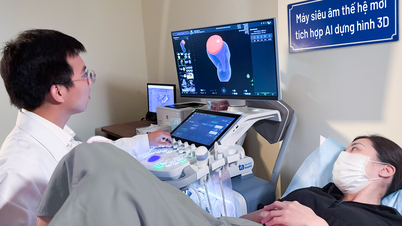

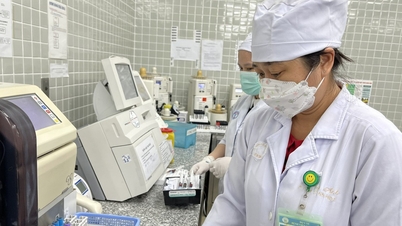





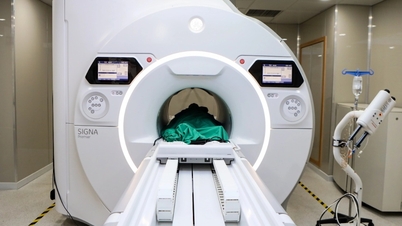
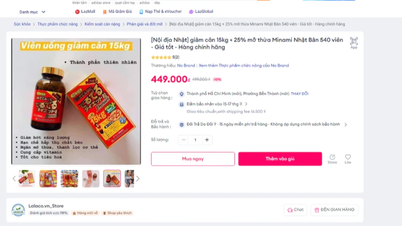







































































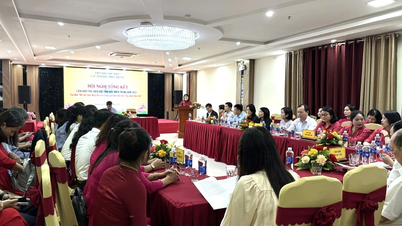






![Dong Nai OCOP transition: [Article 3] Linking tourism with OCOP product consumption](https://vphoto.vietnam.vn/thumb/402x226/vietnam/resource/IMAGE/2025/11/10/1762739199309_1324-2740-7_n-162543_981.jpeg)






Comment (0)